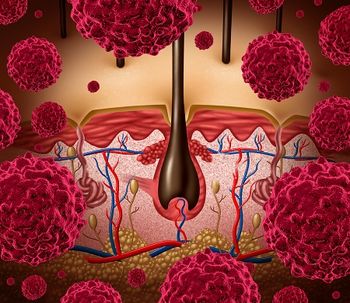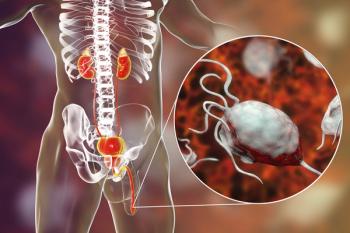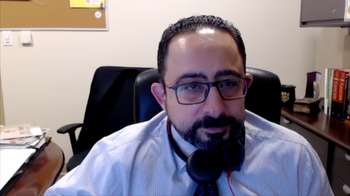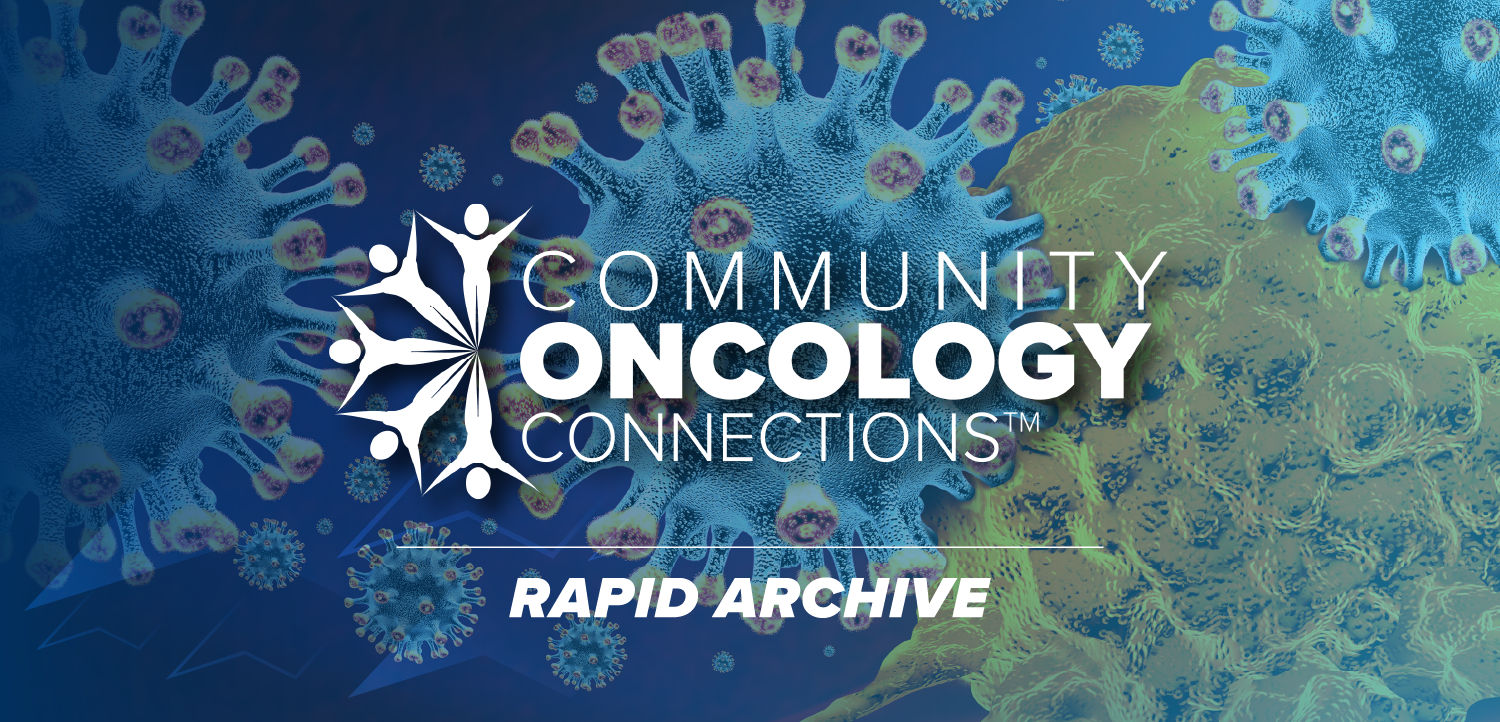
- ONCOLOGY Vol 16 No 10
- Volume 16
- Issue 10
Optimal Use of Antiemetics in the Outpatient Setting
Steven Grunberg, one of the pioneer clinical investigators in the development of modern antiemetics, describes various approaches to the management of this important complication of cytotoxic chemotherapy. Dr. Grunberg describes the use of phenothiazines and antidopaminergic agents as antiemetics, the discovery that steroids could serve as effective adjuvant antiemetic agents, and the development of the serotonin (5-HT3)-receptor antagonists. Thus, we have compazine, metoclopromide, decadron, and a set of 5-HT3 antagonists-ondansetron (Zofran), dolasetron (Anzemet), and granisetron (Kytril)-in our therapeutic armamentarium.
Steven Grunberg, one of the pioneer clinical investigators inthe development of modern antiemetics, describes various approaches to themanagement of this important complication of cytotoxic chemotherapy. Dr.Grunberg describes the use of phenothiazines and antidopaminergic agents asantiemetics, the discovery that steroids could serve as effective adjuvantantiemetic agents, and the development of the serotonin (5-HT3)-receptorantagonists. Thus, we have compazine, metoclopromide, decadron, and a set of5-HT3 antagonistsondansetron (Zofran), dolasetron (Anzemet), and granisetron(Kytril)in our therapeutic armamentarium.
For patients, their prejudices about chemotherapy and emesis, which wereidentified in Alan Coates’ 1983 study cited in the Grunberg paper, remainvivid. Most patients whom I advise are relieved that disabling nausea orvomiting is a complication of the past. In modern outpatient practice, barriersto the delivery of effective antiemetic therapy, whether pharmacologic, medical,or reimbursement-related, are surmountable. We have made remarkable progress inthe almost 20 years of research in this field.
Limitations of Antiemetic Therapy
Nevertheless, several difficulties remain. Both anticipatory nausea/vomitingand delayed emesisie, with onset more than 24 hours after chemotherapy, outof the range the 5-HT3 blockerscontinue to be clinical problems, as is theoccasional case of idiosyncratic, refractory chemotherapy-induced emesis.
In dealing with anticipatory nausea and vomiting, I have found a chemotherapyholiday, a change of setting (ie, temporarily moving from the outpatient to theinpatient setting, or moving to a different outpatient venue), and sedation oruse of antianxiety agents to be occasionally helpful. Delayed emesis isrefractory to the 5HT-3 antagonists, and it is a waste of time, money, andenergy to try them in this setting. Anxiolytics and sedatives can sometimes beuseful, as can the cannabinoids (administered either orally as dronabinol [Marinol]or inhaled as marijuana). Dr. Grunberg describes several new approaches to thevexing problem of delayed emesisapproaches that are likely to be useful forrefractory nausea and vomiting, as well as for anticipatory emesis.
Many antiemetic agents are available in intravenous, oral, and suppositoryform. From both a medical and fiscal perspective, it is useful that differentdelivery forms are available. Some nauseated patients may have difficultykeeping an oral drug down, and some patients may not have access to third-partyreimbursement for orally or intravenously administered drugs.
Differential Diagnosis
One final point: In our management of these patients, it is occasionallyoverlooked that bowel obstruction, undetected liver disease (including occultmetastatic infiltration of the liver), and constipation can cause signs andsymptoms indistinguishable from chemotherapy-induced emesis. Pouring expensiveantiemetics into these patients, without addressing the underlying cause ofvomiting, is also a waste of resources.
Articles in this issue
about 23 years ago
Capecitabine in the Treatment of Advanced Breast Cancerabout 23 years ago
New Directions With Capecitabine Combinations in Advanced Breast Cancerabout 23 years ago
Anastrozole Approved for Use in Early Breast Cancerabout 23 years ago
US Senate Passes Eliminate Colorectal Cancer Actabout 23 years ago
Cigarette Smoking Among Adults United States, 2000about 23 years ago
FDA Approves Kytril for Postoperative Nausea and Vomitingabout 23 years ago
NIH, Drug Industry Target Barriers to Patient Accrual in Clinical TrialsNewsletter
Stay up to date on recent advances in the multidisciplinary approach to cancer.



















































































